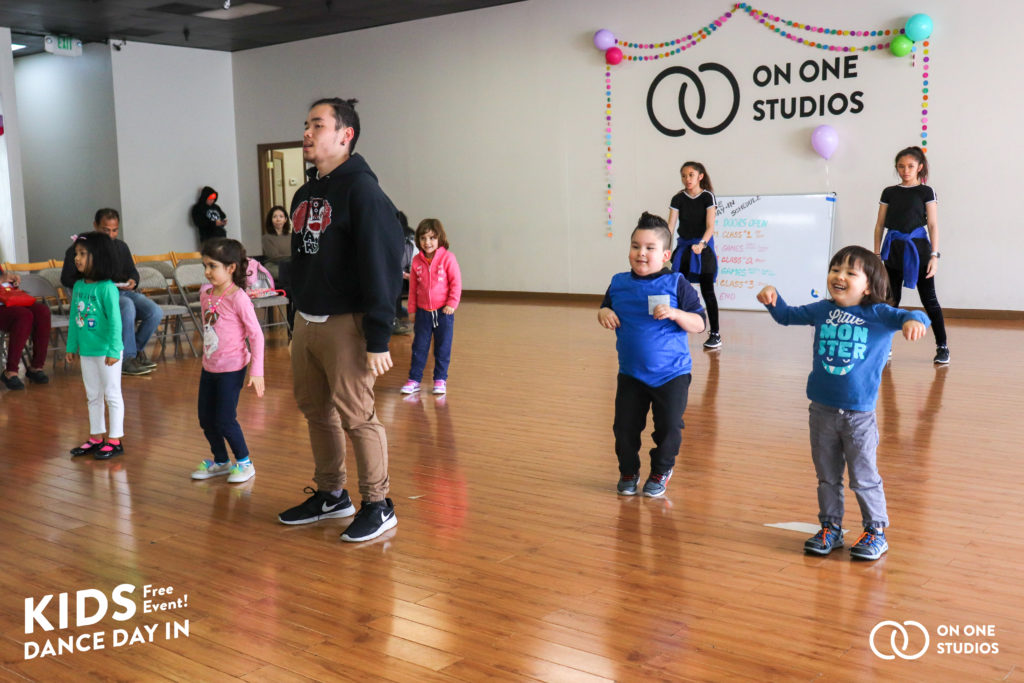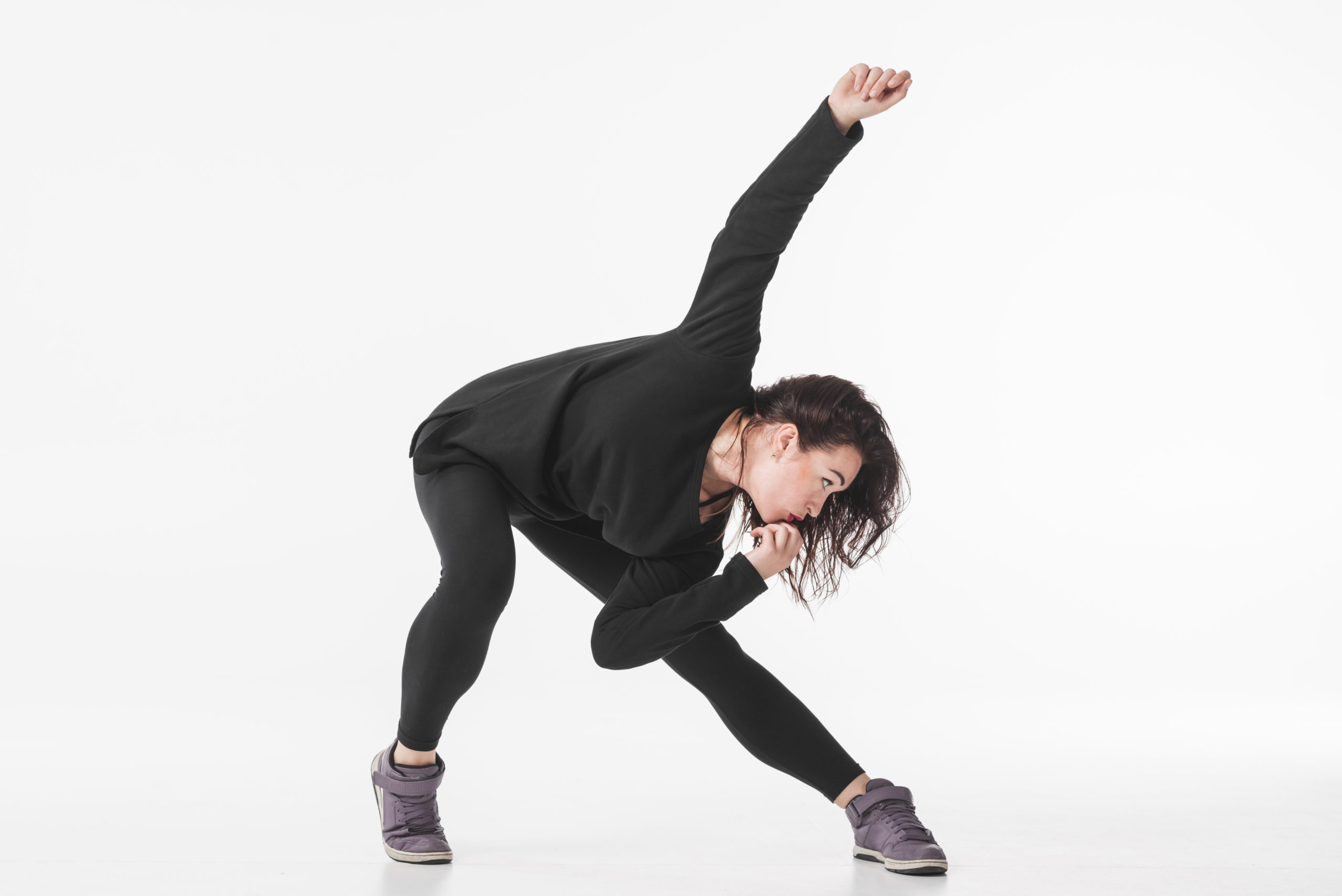Top Five Benefits of Dance Classes for Young Children
Are you wondering about what dance classes can offer to young children? You’ll be pleased to learn dancing is not just a fun activity, but also a powerful tool for their physical, cognitive, and emotional development.
Whether your child dreams of being on stage or could simply benefit from a fun way to be active, dance can provide them with a multitude of advantages.
Get ready to delve into the benefits of dance classes for young children, how they can start their dance journey and nurture their skills along the way. Get ready to discover the magic of dance and watch your child thrive.
When Should Children Start Dancing?
So when is the best time is for your child to start dancing? The truth is, children can begin their dance journey at a very young age, and there are age-appropriate dance classes that cater to their skill development.
Many famous dancers and choreographers, like Misty Copeland and Mikhail Baryshnikov, started their careers in dancing during childhood. Dance offers a unique avenue for children to express themselves, develop coordination, and experience the joy of movement. Even infants can start getting excited and moving to the sound of music, and some dance classes start as early as age 2 or 3.
If you’re ready to introduce your child to the world of dance, our kids’ dance classes provide a nurturing environment for their growth and development. Enroll them today and watch their passion for dance soar.

Five Benefits Young Children Get from Dance Classes
Dance classes offer more than just learning dance moves. For young children, dancing provides a range of physical, mental health, and cognitive advantages. Plus, they can get a head start on utilizing their bodily and spatial awareness. Let’s explore some of the key benefits that dancing brings to young learners.
Improves Physical and Mental Strength
Dance classes help children develop physical strength, cardiovascular conditioning, stamina, and flexibility. Regular exercise through dancing boosts their overall well-being, increases energy levels, and enhances self-esteem and mental health. Additionally, dancing aids in preventing illnesses and promotes a positive outlook on life.
Sense of Responsibility
Participating in dance lessons requires children to concentrate, follow directions, practice, and follow self-discipline. They learn the value of responsibility and develop a sense of self-worth. Engaging in dance activities also encourages children to choose doing the right thing for themselves and others over negative behaviors.
Helps With Social Skills
Dance classes foster essential social skills in children. By participating in group activities, they learn teamwork, effective communication, and empathy. Dancing provides a platform for self-expression, making children more confident in expressing their thoughts and emotions. These skills contribute to their social success and relationships throughout life
Builds Self-Confidence
Dance empowers children by boosting their self-confidence. Through dance, they learn to express themselves creatively, improving their mood and overall well-being. The ability to communicate emotions effectively enhances their self-assurance and cultivates a positive worldview.
Enhances Flexibility, Balance, and Sense of Rhythm
Dance improves flexibility, balance, spatial awareness, and rhythm in children. It increases their range of motion, strengthens muscles, and improves blood flow. Developing flexibility and balance reduces the risk of injuries and promotes physical wellness. Moreover, rhythm fosters cognitive reasoning, executive function, relaxation, and mental health.

Tips to Remember for Kids Who Love Dancing
For children who have a passion for dancing, there are key tips and approaches that can help them make the most of their dance journey.
Encouraging Children’s Freedom of Expression
Starting out, it should be about moving, experimenting, and getting acquainted with the very basics of dance. Give children the opportunity to express themselves through dance by allowing them to make decisions about their body movements. Encourage them to explore a range of styles or emotions, fostering their creative expression and decision-making skills.
Giving Positive Feedback and Improving Performance
Provide positive reinforcement by pointing out the things that children are doing well in their dancing. Celebrate their achievements and offer specific praise to inspire confidence and motivate their progress. By focusing on the positives, children are more likely to feel encouraged and motivated to improve.
Enrolling in Dance Lessons
Enroll your child in dance lessons to foster discipline, perseverance, and teamwork. Through consistent practice and guidance from teachers, children learn the value of hard work and witness their progress firsthand. Dance classes also provide a platform for teamwork, helping children develop important social skills and work towards common goals.
Taking the First Step to Improve A Child’s Skills in Dance
Parents play a crucial role in supporting their child’s skill development in dance. Show your enthusiasm, appreciate their efforts, and be their number one fan. By creating a supportive and nurturing environment, parents can empower their children to succeed in their dance journey.
Frequently Asked Questions
What are the three essential qualities of dance movement in early childhood?
The three essential qualities of dance movement in early childhood are creativity, expression, and exploration. These qualities allow children to develop their imagination, communicate emotions, and discover their physical capabilities.
How does movement enhance children’s learning?
Body movement enhances children’s learning by stimulating their cognitive development, physical fitness, and social skills. It improves coordination, spatial awareness, and problem-solving skills while promoting creativity, self-expression, and communication.
What type of dance class is best for a beginner?
For beginners, it is recommended to start with a foundational dance class that focuses on basic techniques, body awareness, and coordination. Ballet or jazz classes often provide a solid foundation for beginners to develop strength, flexibility, and discipline.
Which dance style is best to learn for children?
The best dance style for children depends on their interests and preferences. However, styles like ballet, jazz, hip-hop, and contemporary are popular choices for children as they offer a combination of technique, creativity, and fun.
How could dance support your child’s growth?
Dance offers numerous benefits for young children, including physical development, self-expression, discipline, and social skills. By enrolling in dance classes, children can enhance their creativity, improve their coordination, and gain confidence. Whether they just try dance as a fun activity or go on to master advanced skills, signing up for dance classes at On One Studios can provide a supportive environment for children to thrive in their dance journey. Don’t hesitate to take the first step and explore the joy of dancing.




